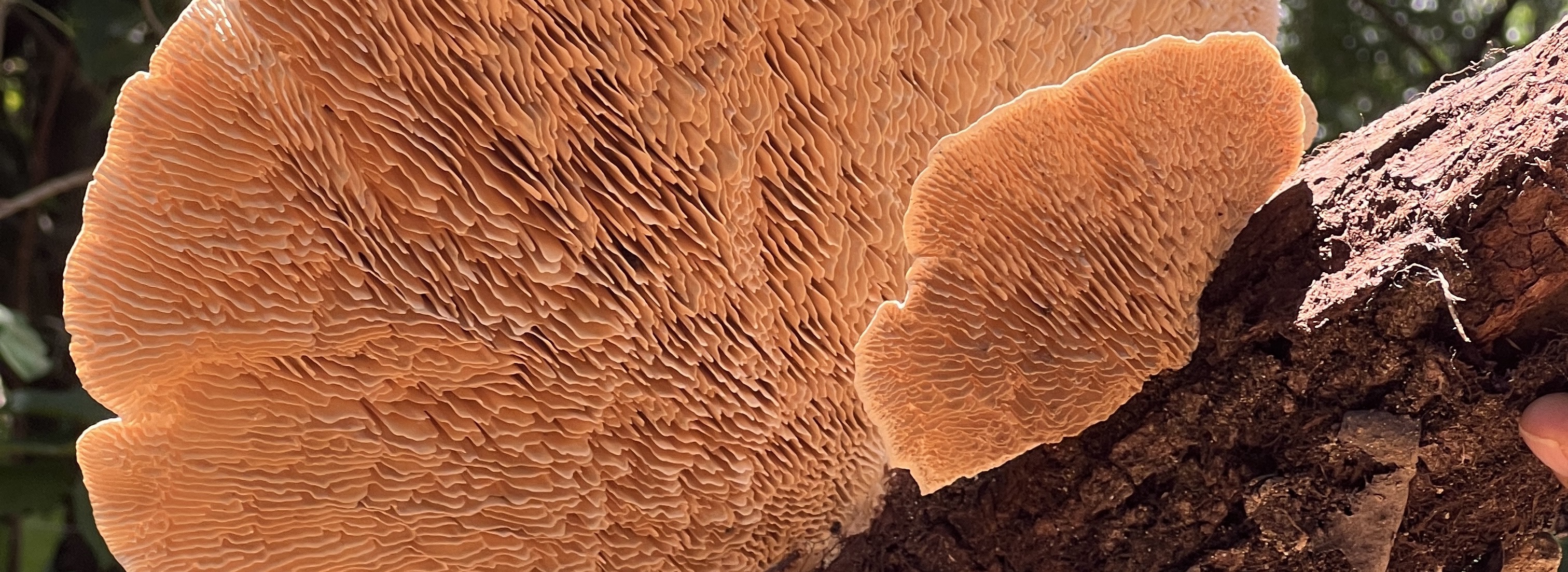
Monteverde Institute: Tropical Ecology and Conservation
Alternative Title
Preferencias en la posición de los comederos en respuesta a los depredadores potenciales y artificiales en los colibríes
Files
Download Full Text (443 KB)
Publication Date
November 2010
Abstract
When risks are present, animals consider the costs and benefits of foraging. This study investigates the preferred feeder positions when potential risks are involved in feeding hummingbirds. Two experiments were conducted in this study in order to have a better understanding of animal risk assessment. The first experiment examined whether there was a preference for high or low feeders in hummingbirds. Results showed that hummingbirds had a preference for higher feeders. Results also showed that hummingbirds have a greater preference to feed from feeders that are closer to trees (outer) than feeders farther away (inner) from trees. The second experiment showed no significant difference in the number of visits of hummingbirds when artificial predators were present versus when they were absent. This indicates that hummingbirds prefer to feed on feeders with the minimal potential risk, which suggests that hummingbirds are able to perceive risk. However, risk presented in this study might not be significant enough to have an impact. This study provides an understanding of foraging behavior in hummingbirds and insights for future studies.
Resumen
Cuando hay un riesgo presente, los animales consideran el costo y el beneficio de forrajear. Este estudio investiga la posición preferida de los comederos cuando hay riesgos potenciales para los colibríes. Se realizaron dos experimentos en este estudio con el fin de tener una mejor comprensión de la evaluación de los animales de riesgo. El primer experimento examinó si existía una preferencia por los comederos altos o bajos. Los resultados muestran que los colibríes tienen preferencia por los comederos altos. Los resultados también muestran que los colibríes tienen una mayor preferencia en utilizar los comederos ubicados cerca de los árboles y no los que están lejos de los mismos. El segundo experimento no muestra ninguna diferencia en el número de visitas a los comederos cuando los depredadores falsos fueron expuestos versus la ausencia de los mismos. Esto indica que los colibríes prefieren alimentarse con un mínimo de riesgo potencial, lo que sugiere que los colibríes son capaces de percibir el riesgo. Sin embargo, el riesgo presentado en este estudio no es lo suficientemente significativo para tener un impacto. Este estudio provee un entendimiento del comportamiento de forrajeo en los colibríes y los puntos de vista para futuros estudios.
Keywords
Hummingbirds--Food, Birds--Behavior, CIEE Fall 2010
Palabras claves
Colibríes--Alimento, Aves--Comportamiento, CIEE Otoño 2010
Extent
8 pages
Geographic Location
Monteverde Biological Station (Costa Rica)
Ubicación geográfica
Estación Biológica de Monteverde (Costa Rica)
Holding Location
Monteverde Institute
Language
English; Spanish
Media Type
Articles
Format
Digital Only
Identifier
M39-00277
Type
Book
Recommended Citation
Lai, Su Mei, "Feeder position preferences in response to potential and artificial predators in hummingbirds, November 2010" (2010). Monteverde Institute: Tropical Ecology and Conservation. 347.
https://digitalcommons.usf.edu/tropical_ecology/347


